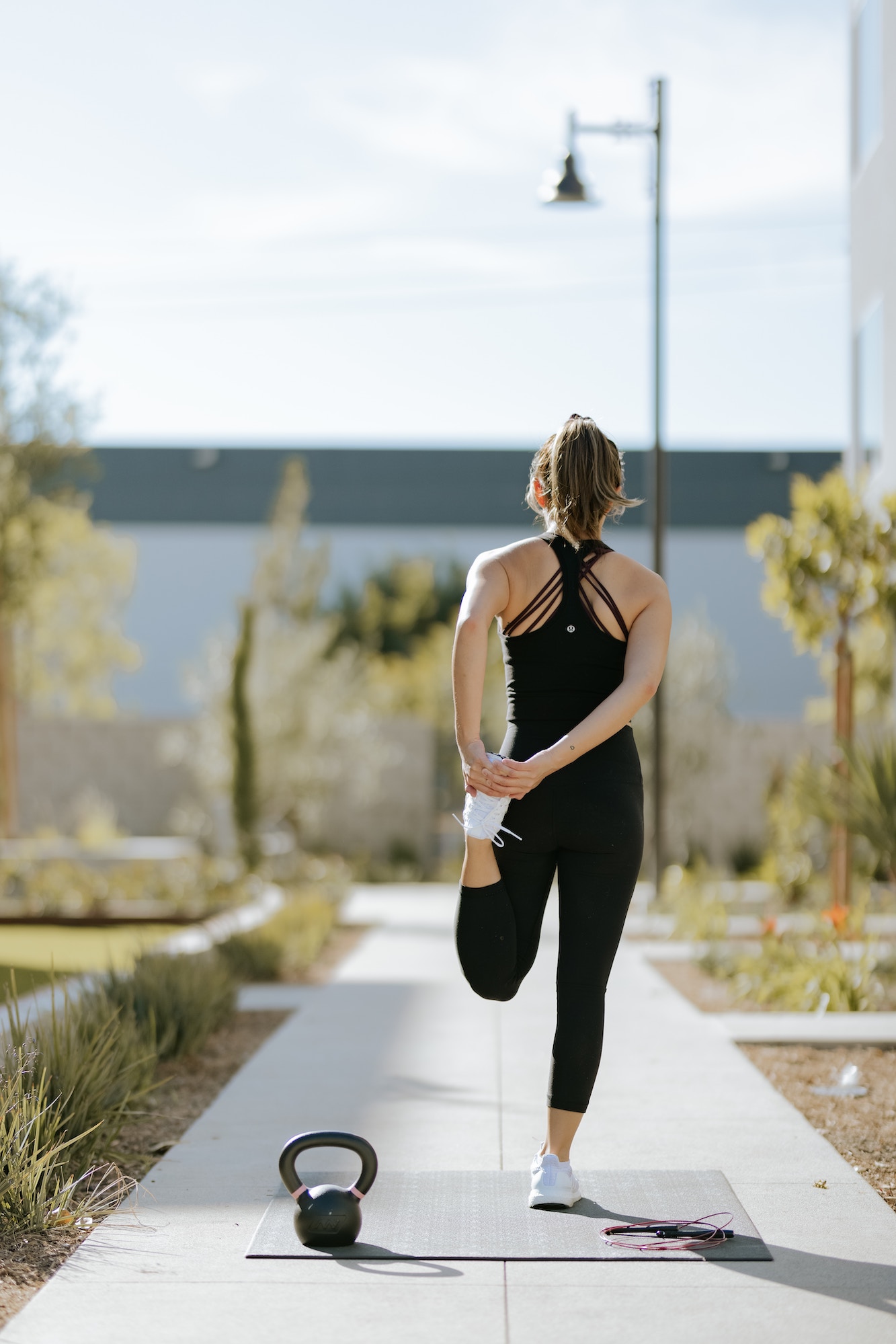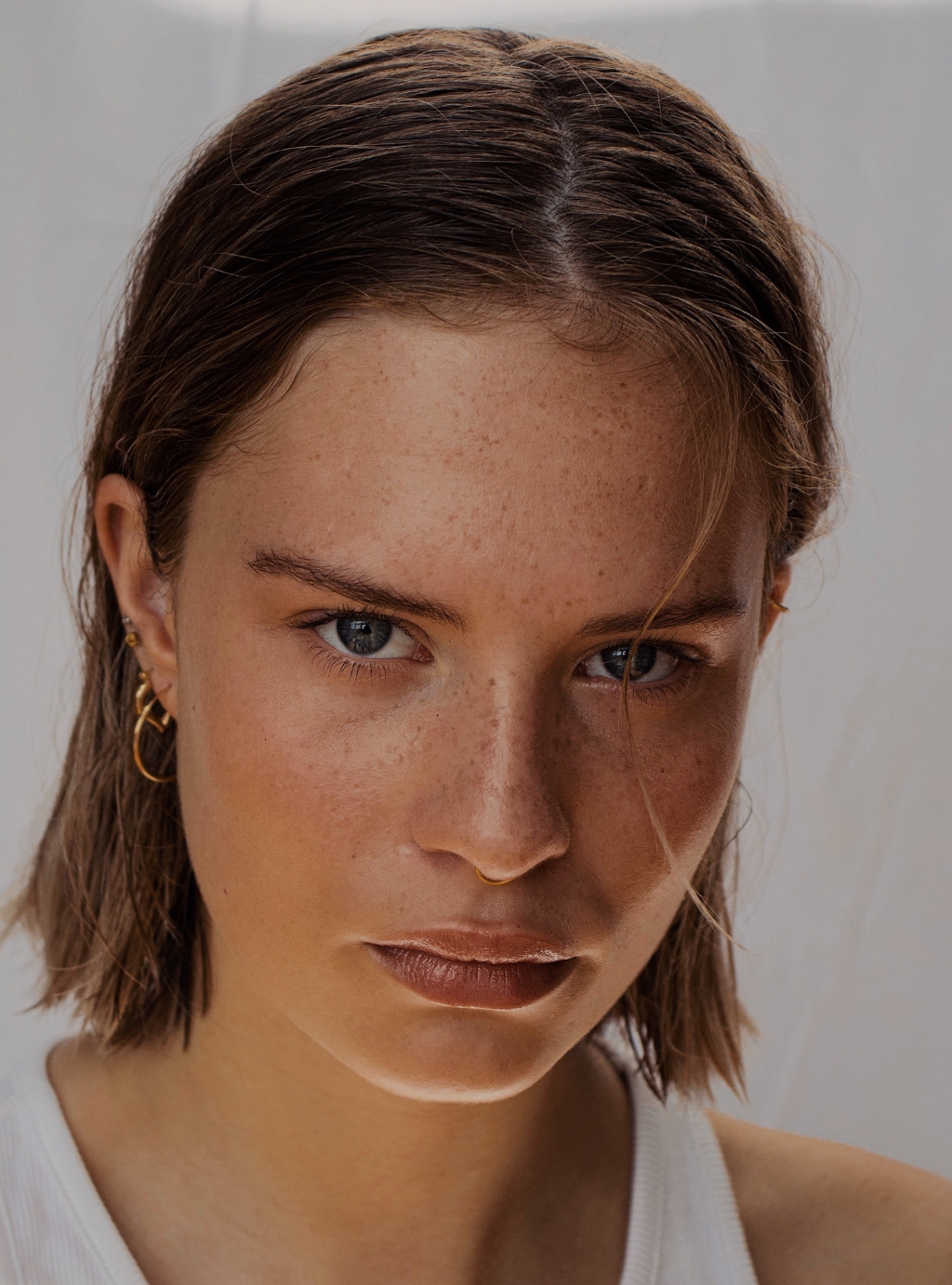
You’ve bought the pink products, you’ve worn your pin and you’ve made your donation. But have you checked your breasts?
It’s all very well to immerse yourself in raising funds every October when Breast Cancer Awareness Month rolls around, but if you’re not checking your own breasts regularly, there’s a possibility your generosity might be overstepped by the disease that affects more than 3,000 women in New Zealand each year.
The earlier it is detected, the higher the chance of survival. While mammograms are important, it’s paramount to perform your own examinations and track any changes that arise. No two pairs are the same and there’s no minimum age as to when you should start routine checking. Getting in the habit of undergoing a monthly breast exam is a fundamental step in detecting the disease early.
Get to know your breasts, that way you can get to know what’s normal for you, and what’s not. Remember there’s no “correct” technique, the most important thing is to get acquainted with your breasts look and feel, and to check regularly for any changes.
Not sure where to start? The Breast Cancer Foundation’s TLC (Touch, Look, Check) concept guide is really comprehensive – we’ve outlined some of the key points below.
Touch:
- You can do this in the shower or bath – having slippery hands helps when checking your breasts.
- Raise one arm behind your head. Holding your fingers together, use the flat of your fingers to feel for any changes in the breast tissue.
- Follow a pattern as you feel – circular, up and down or in segments, whatever works for you.
- Examine your nipple and areola, and remember to feel right up to your collarbone and around your armpits. Then swap to the other side.
- Those of us with larger breasts might find it easier to lie down; put a pillow underneath one shoulder and place your hand (on the same side) under your head, making sure your breast is spread evenly across your chest. Use the same pattern method mentioned above to check your whole breast, then swap to the other side (moving yourpillow and arm too).
Look:
- Take your top off and have a good look at your breasts.
- Some breast cancers have visual signs like skin changes, distortion of the breast, new nipple inversion or deviation, dimpling on the skin, and discharge or crusting on the nipple.
Check:
- Noticed something unusual? Go see your GP.
- Even if you’ve had a recent mammogram, it’s important to get a proper assessment.
- Don’t worry, breasts change – and most changes are not caused by cancer – but anything new or different should be checked out by a doctor.
- If you’ve had the all clear but you’re still concerned, or your breast continues to change, it’s important to go back and have it checked again or seek a second opinion.
The New Zealand Breast Cancer Foundation chief executive, Evangelia Henderson, says “we know early detection improves survival, and that women whose cancer is more advanced at diagnosis are more likely to die of their disease. When you check your breasts regularly, you get to know what’s normal for you, so you’re more alert to changes that could indicate breast cancer.”
More information
Screening also plays a crucial role in the early detection and treatment of breast cancer. The national screening programme, BreastScreen Aotearoa, provides free mammograms every two years for women aged 45-69. It is recommended to begin your monthly self-examinations from the age of 20. To find out more about taking care of your breasts, understanding risk factors and inherited risk, visit the official website for the Breast Cancer Foundation.







